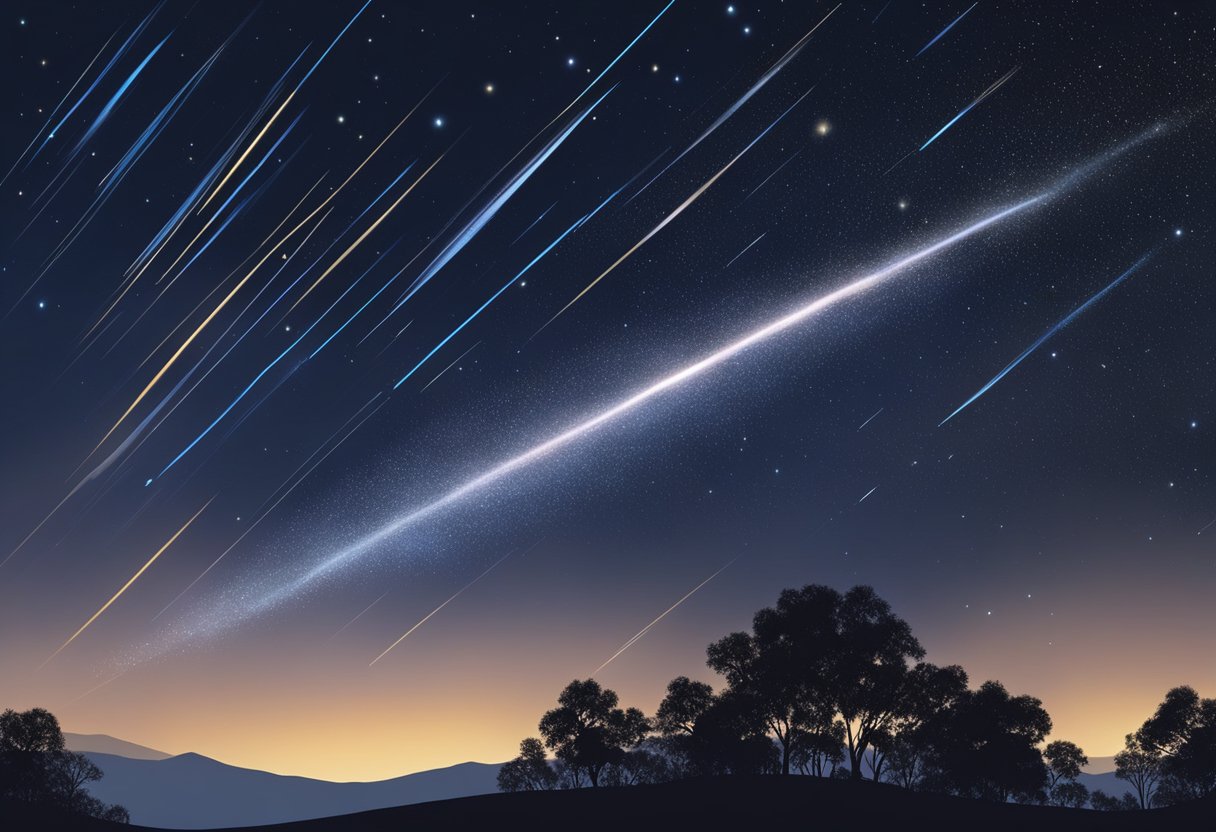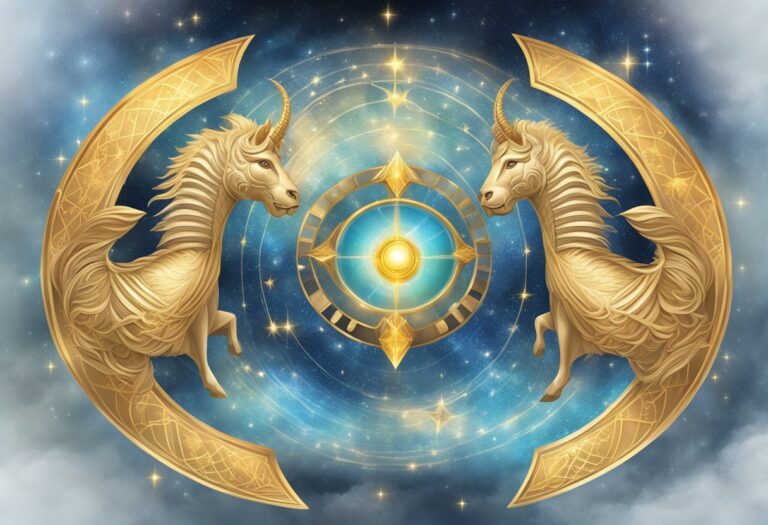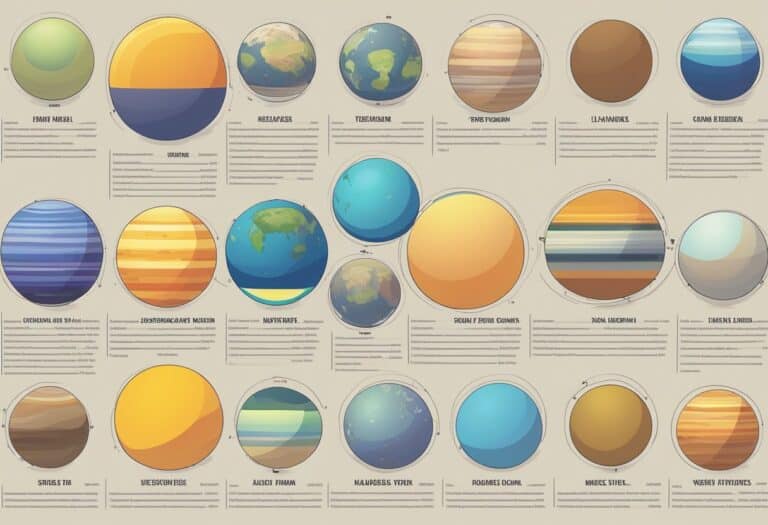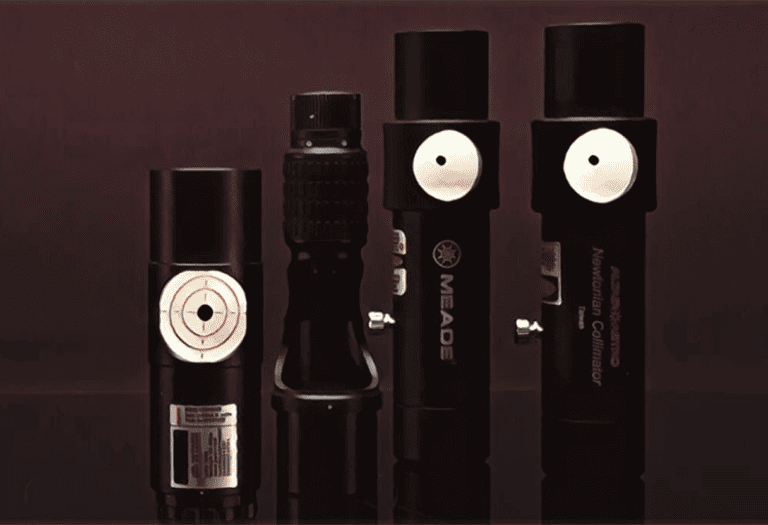The Leonis Minorids is a meteor shower associated with the constellation Leo Minor, offering a celestial event that intrigues astronomers and sky-watchers alike.
It is a lesser-known shower that tends to peak in late October, though it is labeled as a weak shower due to its lower observed rates of meteors. Despite this, it remains a subject of study for professionals and enthusiasts who are keen on understanding the diverse phenomena of the night sky.
Observations of the Leonis Minorids can be challenging due to its low zenithal hourly rate (ZHR), which usually hovers around 2 to 5 meteors per hour. The shower is noted for its fast-moving meteors, which can reach geocentric velocities of over 61 kilometers per second.
Positioned near the celestial equator, the Leonis Minorids is observable from both hemispheres, although a dark sky away from city lights enhances the viewing experience.
The Leonis Minorids meteor shower, peaking in late October, offers a unique celestial display with 2-5 meteors per hour. Best viewed in dark skies, this shower is known for its fast meteors, observable from both hemispheres.
Observation
The Leonis Minorids meteor shower is an astronomical event that offers a stunning display for enthusiasts willing to observe its peak activity. Understanding the shower’s visibility and best viewing times is crucial for a successful observation experience.
Visibility
The Leonis Minorids is known as a weak shower and is usually not as prominent as other meteor showers. Its meteors can appear faint, requiring dark sky conditions away from city lights to be seen. This shower is associated with cometary debris, and observers can expect to see meteor streaks that radiate from the constellation Leo Minor.
Best Viewing Times
Your best chance to observe the Leonis Minorids is during its peak activity, which typically occurs in November. It’s advisable to look up into the sky after midnight and before dawn, as this window provides the darkest and usually the clearest sky. Observations done during the moon’s new phase will minimize lunar light pollution, enhancing your ability to spot these fleeting meteors.
History
In this section, you’ll uncover the discovery of the Leonis Minorids meteor shower and the etymology behind its name.
Discovery
The Leonis Minorids, abbreviated as LMI, are a minor meteor shower that you can observe in the night sky. They piqued the interest of astronomers when increased activity was noted, leading to their classification as a distinct meteor shower. Activity profiles from this meteor shower were documented, revealing more about their behavior and peak activity times.
Origin of the Name
The name “Leonis Minorids” connects directly to the shower’s radiant point in the constellation Leo Minor – a factor that often influences the naming convention for meteor showers. Bearing a close relationship to its celestial neighbor, the name distinguishes it from the more prominent showers associated with the constellation Leo.
Characteristics

When observing the Leonis Minorids meteor shower, you’ll find distinct features that make it unique. Pay attention to its Radiant Point and Activity Period to enhance your experience and understanding.
Radiant Point
The Leonis Minorids originate from a point in the constellation of Leo Minor, giving the meteor shower its name. This radiant point is located near the celestial equator, which means the shower is visible from both hemispheres. The approximate Right Ascension (R.A.) and Declination (Dec.) for the radiant point of the Leonis Minorids are R.A. 161° and Dec. +37°, respectively.
Activity Period
Your best chance to witness the Leonis Minorids is from October 19th to October 27th, with the peak typically around October 23rd. During the peak, the meteor shower exhibits a zenith hourly rate (ZHR) that is relatively modest, signifying it’s not among the most prolific showers but certainly one to watch for dedicated sky enthusiasts.
Scientific Significance
As you explore the Leonis Minorids, you’re delving into a celestial event that, while weak in show, offers considerable value for meteor science.
Meteor Shower Influence
The Leonis Minorids meteor shower, although not as prolific as other showers, provides a unique opportunity for observation due to its peak ZHR (Zenithal Hourly Rate) of about 2–5 meteors per hour. Your study of this shower can yield insights into the geocentric velocity of meteors, a factor critical in understanding the mechanics of meteoroid streams as they interact with Earth’s atmosphere. The shower’s active period from October 19 to October 27 adds to the tapestry of meteor activity that can be observed annually.
Research
By focusing on the Leonis Minorids, researchers have utilized multi-station video meteor orbits to accumulate data of statistical significance. This data helps in reinforcing or reevaluating existing theories of meteor stream origins and their associations with near-Earth objects. Detailed studies such as a meteor shower search in the CMN and SonotaCo orbital databases provide further understanding of these minor showers and their potential parent bodies. This ongoing research is imperative for mapping the evolution of meteor showers and predicting future activity.
Photography and Media
When you aim to capture the elusive Leonis Minorids meteor shower, photography becomes a crucial tool. Your camera settings play a vital role. You should use a DSLR camera with manual mode capability to adjust settings for optimal astrophotography. Here’s a quick guide on what to consider:
Camera Settings:
- ISO: Begin with an ISO around 1600. Adjust according to the brightness of the meteors and ambient light conditions.
- Aperture: Use the widest aperture your lens allows, f/2.8 or lower is ideal.
- Shutter Speed: A long exposure time, such as 20 to 30 seconds, can capture more trails. However, be mindful of star movement which can cause trails to blur.
Equipment:
- Tripod: Essential for stability during long exposures.
- Remote shutter release: To avoid camera shake when pressing the shutter button.
In media representation, images of the Leonis Minorids are less common than more prominent showers like the Perseids or Geminids. However, they are a burgeoning subject among astrophotographers. Recent increases in quality and the availability of equipment has made capturing such events more accessible to enthusiasts.
For the best results, you should photograph under dark skies away from city lights, and on nights when the moon is not full, as its brightness can overshadow faint meteors. The results from projects like the CAMS have enriched our understanding and documentation of the Leonis Minorids, providing a blueprint for successful observation and photography.
Frequently Asked Questions
In this section, you’ll find concise answers to some of the most common inquiries about the Leonis Minorids meteor shower, providing you with an informed understanding of this celestial event.
What causes the Leonis Minorids meteor shower to occur?
The Leonis Minorids meteor shower happens when Earth passes through the debris trail left by a comet or asteroid. As these particles enter Earth’s atmosphere, they burn up, creating the streaks of light known as meteors.
When is the peak of the Leonis Minorids meteor shower typically observed?
The peak of the Leonis Minorids, where activity is heightened, is usually observed annually around December. Specific dates can vary slightly from year to year.
How does the Leonis Minorids meteor shower compare to the Alpha Monocerotids?
While both showers are visible in December, the Leonis Minorids are generally less intense than the Alpha Monocerotids. The latter is known for occasional outbursts with a higher number of meteors per hour.
Is there any prediction for a Leonis Minorids meteor outburst in the near future?
Meteor shower predictions are based on past observations and orbital calculations. As of now, no significant outburst of the Leonis Minorids has been specifically predicted for the near future.
What makes the 1966 Leonid meteor shower a significant event in astronomical history?
The 1966 Leonid meteor shower was remarkable due to an extraordinary meteor storm, where thousands of meteors per hour were observed, which is not characteristic of regular Leonid showers let alone the less intense Leonis Minorids.
How often do meteor showers like the Leonis Minorids occur, and what determines their frequency?
Meteor showers like the Leonis Minorids occur annually as Earth crosses the same region of space debris. The frequency and intensity are determined by the debris field density and Earth’s passage through varying parts of the stream.


![Best Telescope for Deep Space Observation: Top [year] Picks](https://observationhobbies.com/wp-content/uploads/2024/01/Best-Telescope-for-Deep-Space-Observation-768x525.png)


![Best Smart Telescope: Top [year] Models for Astronomy](https://observationhobbies.com/wp-content/uploads/2024/01/Best-Smart-Telescope-768x525.png)

